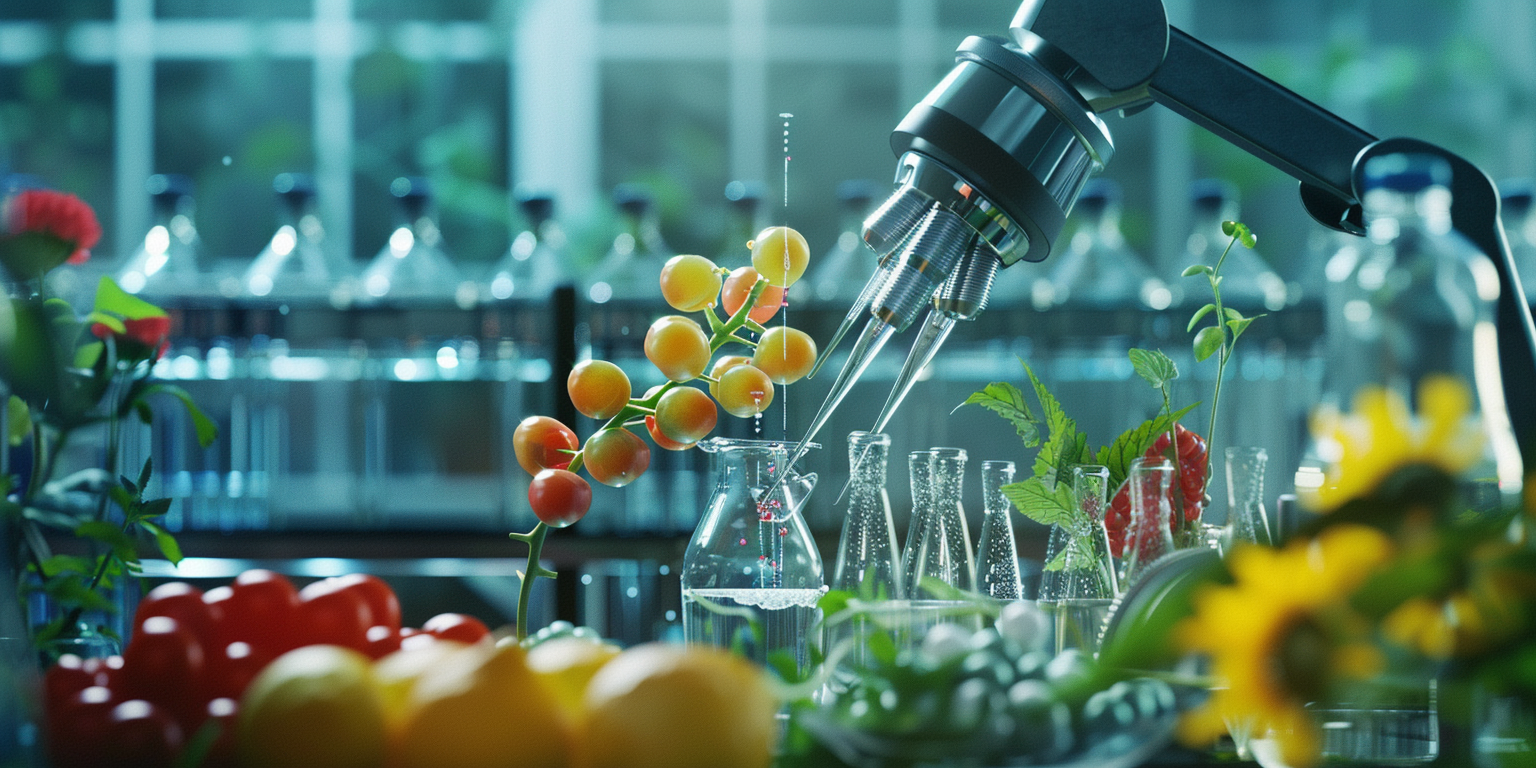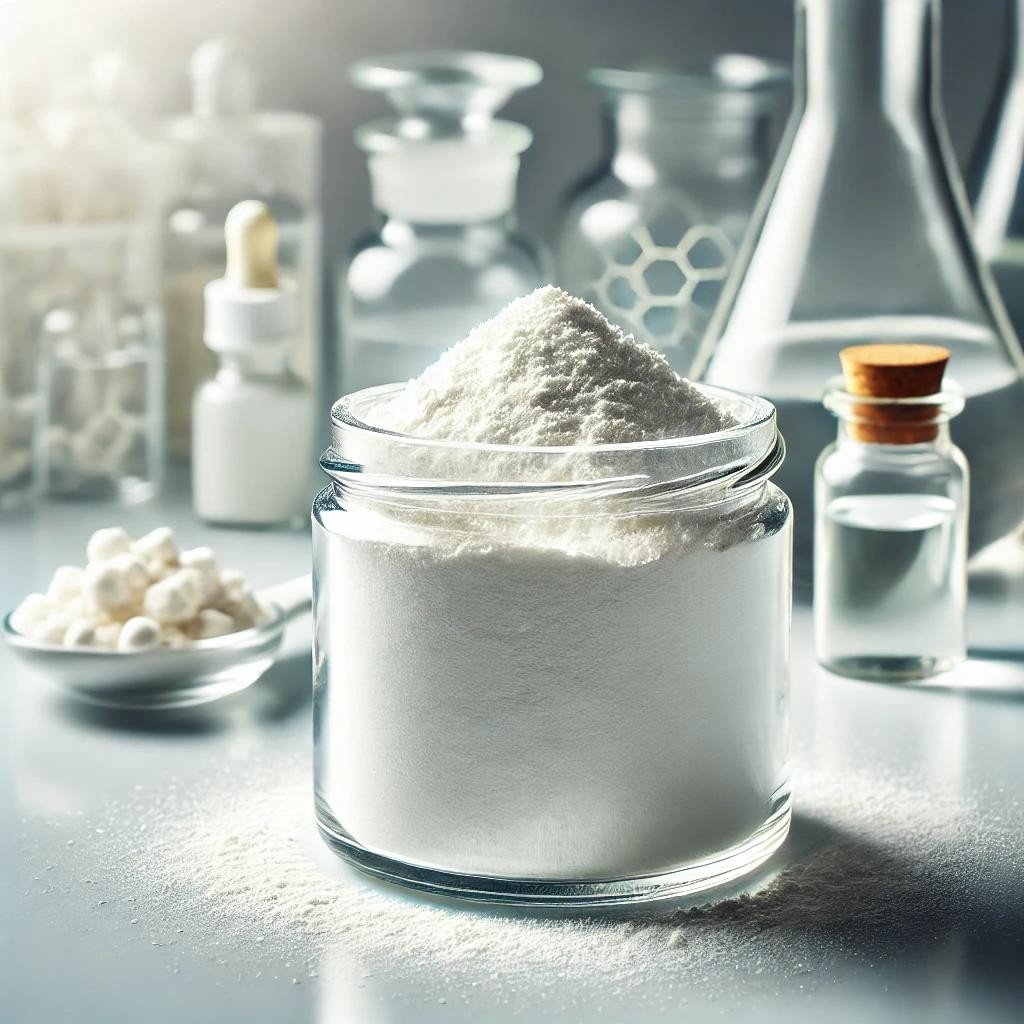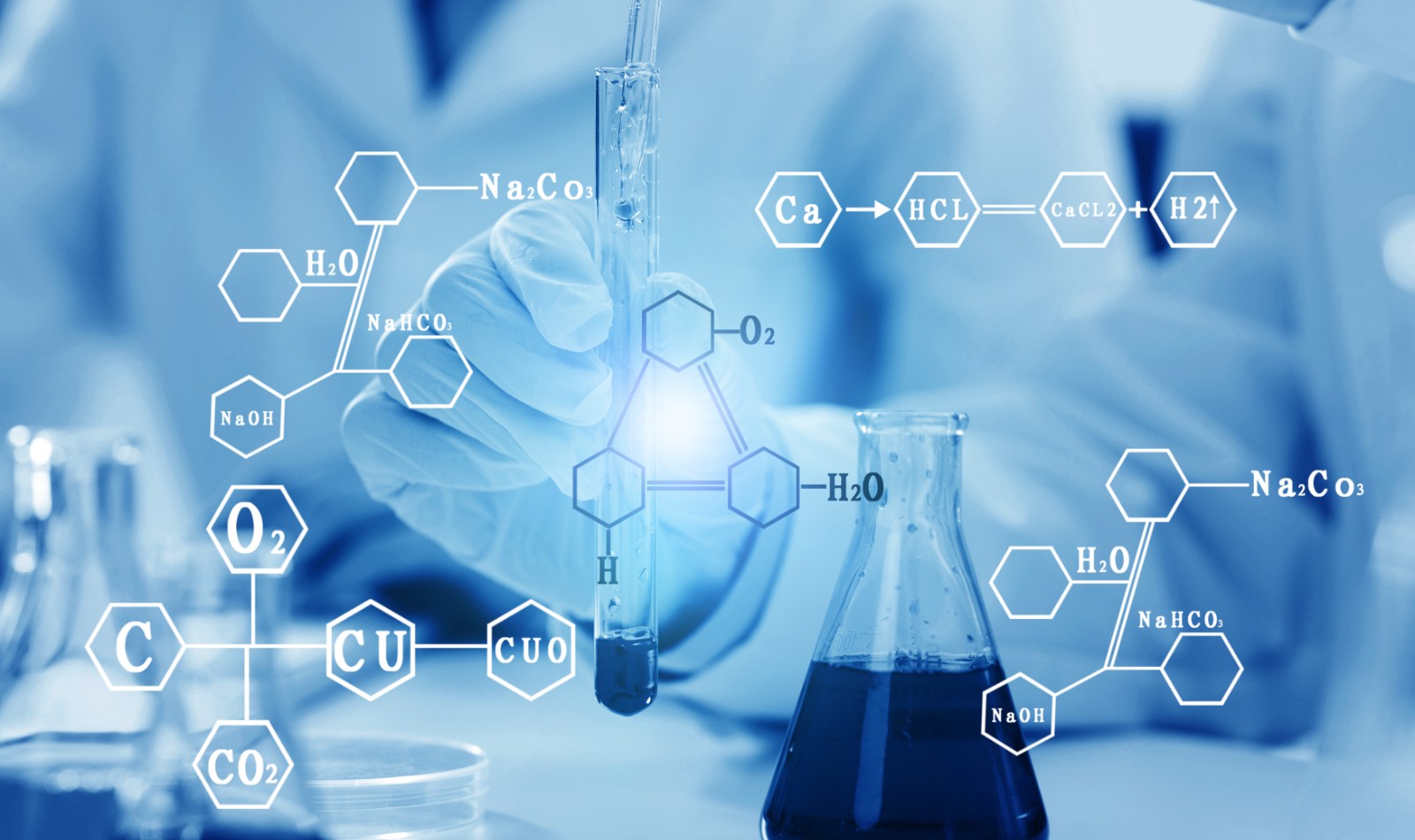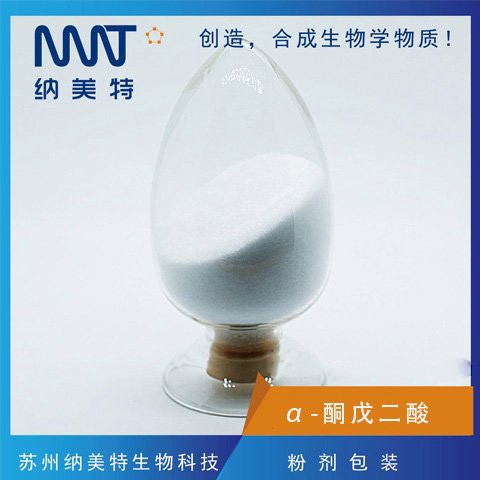In the country of fruits, peaches can be called the "king of crossing borders". With the increasing demand for peach fruit quality in the market, the skin color has gradually become one of the important indicators for selecting peaches.
In most late maturing peach varieties in southern China, there is a phenomenon of difficulty in coloring, which affects the commercial and economic value of the fruit. Therefore, it is necessary to improve the coloring of late maturing peaches through scientific methods.
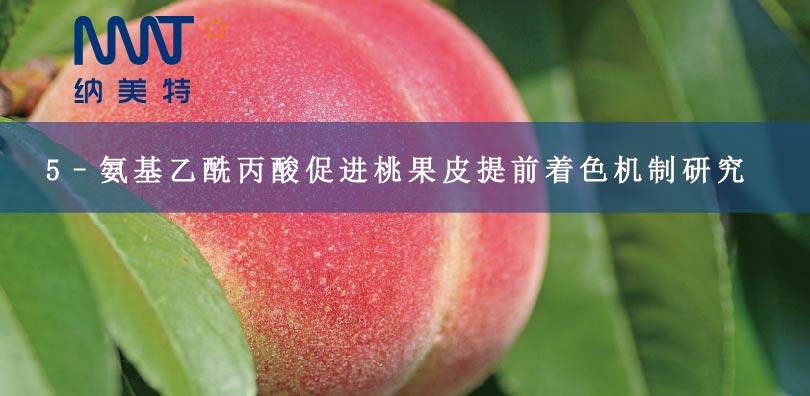
5-ALA (ALA)
5-ALA (ALA), as a key precursor in the biosynthesis of porphyrin compounds in organisms, is involved in the regulatory process of plant growth and development. The appropriate concentration of ALA can increase the net photosynthetic rate of plant leaves, promote the distribution of leaf assimilates to the root system, significantly increase the yield of various crops, and enhance plant cold and salt resistance.
5-ALA (ALA), as a key precursor in the biosynthesis of porphyrin compounds in organisms, is involved in the regulatory process of plant growth and development. The appropriate concentration of ALA can increase the net photosynthetic rate of plant leaves, promote the distribution of leaf assimilates to the root system, significantly increase the yield of various crops, and enhance plant cold and salt resistance.
Experimental data indicates that
1、The Effect of ALA Treatment on Fruit Growth
The control fruit matured 25 days after treatment, while the ALA treated fruit matured 20 days earlier, about 5 days earlier. The growth of ALA treated and control fruits showed a linear growth trend (Figure 1).
2、Effect of ALA treatment on soluble solids and titratable acid content in fruit
After 20 days of ALA treatment, there was no significant difference in the single fruit weight and soluble solids content of mature fruit compared with the control (mature fruit at 25 days), but the titratable acid content of 300 and 100 mg · L-1 ALA treatment was 0.11% and 0.10%, respectively, which was significantly lower than 0.13% of the control (Figure 2).
3、The Effect of ALA Treatment on the Color Parameters of Fruit Surface
During the process of fruit development and maturation, as the color of the peel changes from green to red, the color indicators a * and a */b * of the control and treatment gradually increase from negative to positive, and the a * and a */b * of the treated fruit increase more rapidly. After 20 days, 300 and 100mg · L-1 ALA treatment, the a * and a */b * of the fruit are significantly higher than the control, but there is no significant difference compared to the control fruit at maturity (25 days after treatment); The decreasing trend of color index b * and h * values is similar. After 20 days of treatment, the b * and h * values of 300 and 100mg · L-1 ALA treatment are significantly lower than the control, but there is basically no significant difference compared to the mature control (25 days after treatment) (Figure 3).
Therefore, ALA treatment, especially the 300 and 100mg · L-1 treatments, did not significantly increase the coloring of mature fruits, but significantly promoted the early coloring of peach peel. This result is consistent with the visual observation of the sample (Figure 4).
4、Effect of ALA treatment on anthocyanin accumulation in fruit peel
The anthocyanin content in the peel of 'Early White Flower' showed a significant upward trend with fruit development (Figure 5, A). After ALA treatment, the anthocyanin content in the peel did not increase significantly in the early stage. After 10 days of treatment, the anthocyanin content in the peel of the fruit treated with 300mg · L-1 began to rapidly increase. By 20 days after treatment, the anthocyanin content in the peel treated with 300 and 100mg · L-1 reached 5.20 and 3.56mg · g-1FW, respectively, while the anthocyanin content in the peel treated with 50mg · L-1 was only 2.51 and 2.04mg · g-1FW compared to the control, The difference is significant. By the time the control fruit matured (25 days after treatment), the anthocyanin content in its peel could reach 4.66mg · g-1FW, and there was no significant difference in anthocyanin content between the peel treated with 300mg · L-1 ALA at 20 days after treatment. Therefore, the effect of ALA treatment on increasing the total amount of anthocyanins in fruit peel was not significant, but it promoted the early synthesis and accumulation of total anthocyanins in fruit peel. In this experiment, the effect of 300mg · L-1 ALA treatment was more significant.
5、Effect of ALA treatment on gene expression related to anthocyanin synthesis in fruit peel
The real-time quantitative qRT-PCR analysis results (Figure 5) indicate that the induction effect of ALA treatment on F3H expression is not significant. The expression of UFGT, DFR, LDOX, and CHS was significantly induced by ALA treatment. After 15 days of treatment, the expression levels of the four genes treated with 300mg · L-1 were significantly upregulated and the relative expression levels reached high values, 2.78, 6.22, 2.25, and 5.42 times higher than the control, respectively; After 20 days of treatment, although the expression levels of four genes treated with different concentrations of ALA decreased, they were still significantly higher than the control; The control fruit only expresses a large number of four genes at maturity (25 days after treatment). It is worth noting that 50mg · L-1 ALA treatment significantly induced the expression of DFR, LDOX, and CHS 10 days after treatment, but as the fruit continued to develop, the induction effect was lower than that of 300 and 100mg · L-1 treatments.
The expression of UFGT, DFR, LDOX, and CHS showed good consistency with the accumulation of anthocyanins, especially when treated with 300mg · L-1, the expression peaks of the four genes were advanced. It is speculated that this is the reason for the early synthesis and accumulation of pigment in the peel of 'Early White Flower' after ALA treatment in this study.
Analysis and Summary
Fruit ripening is a very complex developmental regulation process. Studies have shown that ALA treatment can significantly reduce the starch content of pear fruits during harvest, indicating that ALA treatment may promote early fruit ripening. This result is similar to the result of ALA treatment in this experiment, which led to early ripening of 'Early White Flower' peach fruit. This suggests that ALA plays a certain regulatory role in the ripening process of peach fruit.
The amount and time of anthocyanin synthesis determine the appearance and coloring period of fruit red. ALA can increase the rate of early anthocyanin accumulation and overall average rate in apples. Similarly, in this experiment, ALA treatment (300 and 100mg · L-1) caused changes in the metabolism of pigments in the peel of 'Zaobaihua' fruit and promoted early coloring of the fruit. Reflected in the significant increase in the a * value and a */b * value of the fruit peel in advance; The b * and h * values decreased significantly in advance. After ALA treatment, the changes in various color indicators of the fruit were more rapid and significant.
ALA treatment can effectively promote the early expression peak of structural genes such as UFGT, DFR, LDOX, and CHS4, thereby promoting the early synthesis and accumulation of anthocyanins in the peel of 'Zaobaihua' fruit, which to some extent reveals the mechanism of ALA affecting fruit coloring. Meanwhile, the results of this study also confirmed that ALA treatment can be an effective method for studying the ripening and coloring mechanisms of peach fruits.

